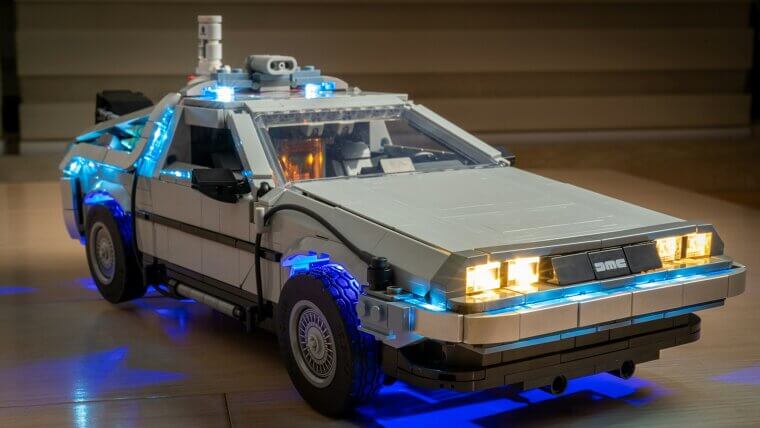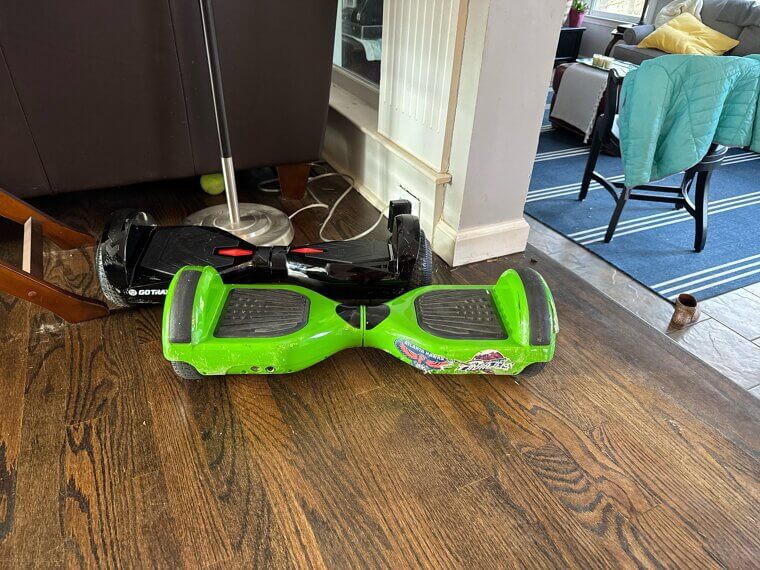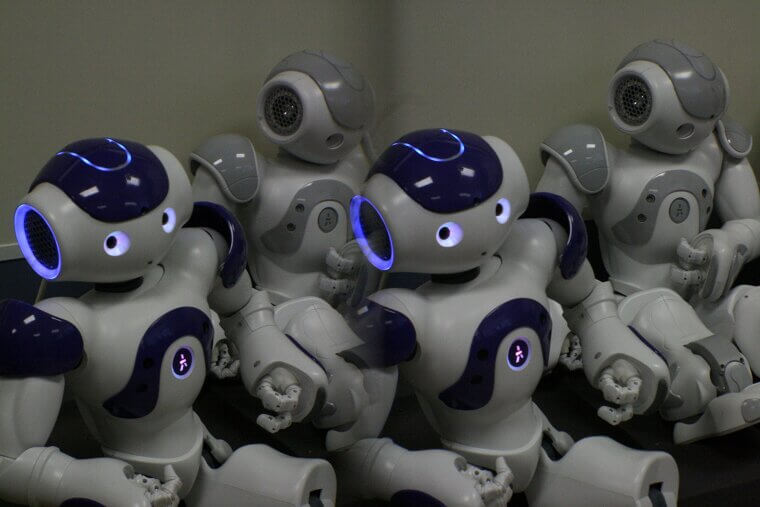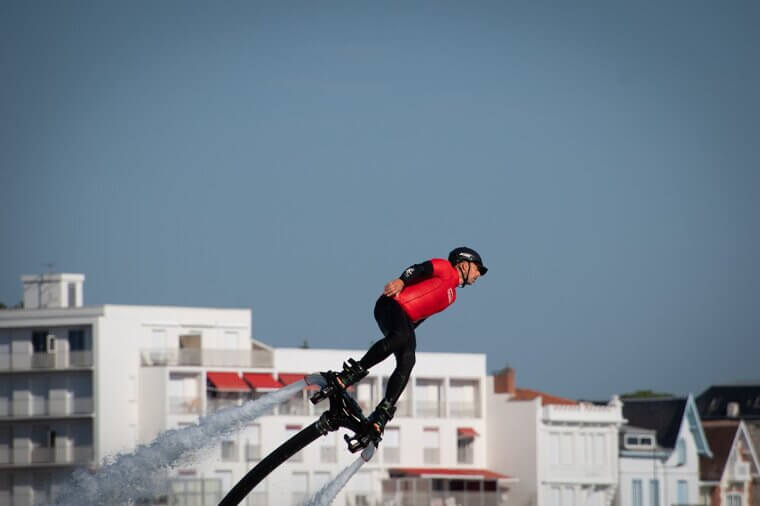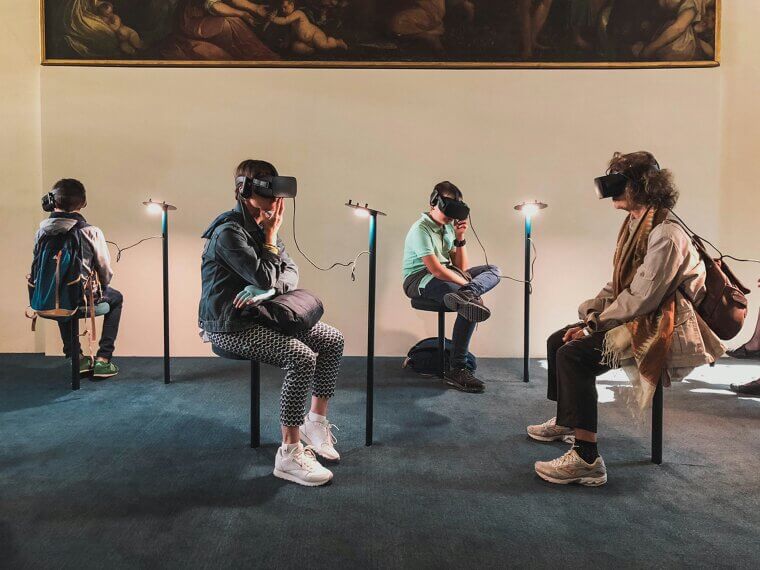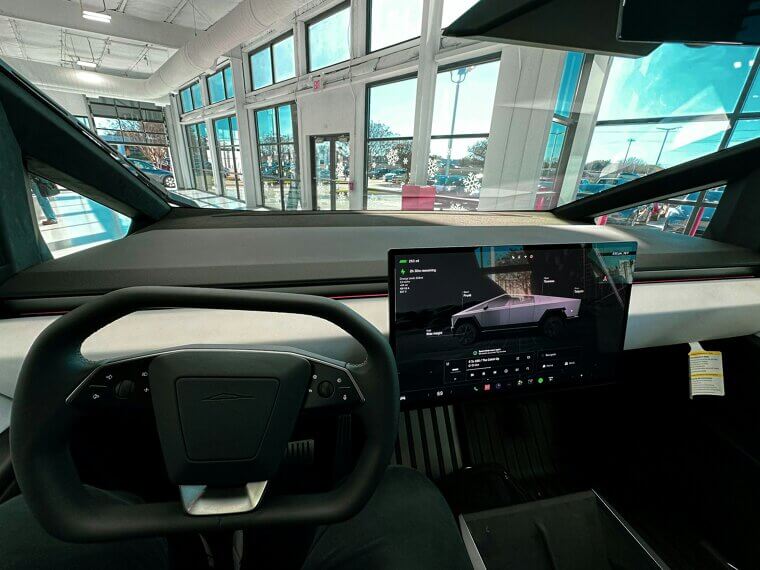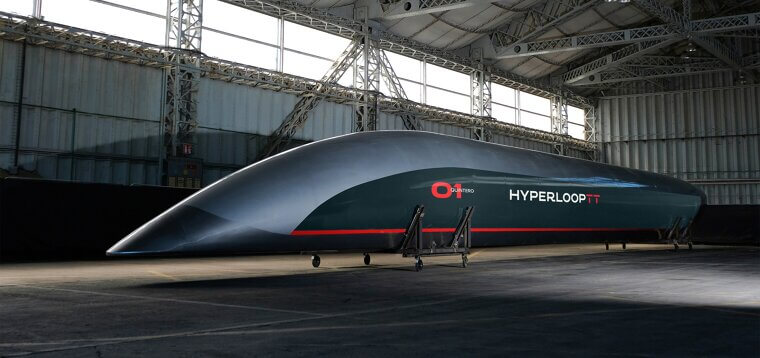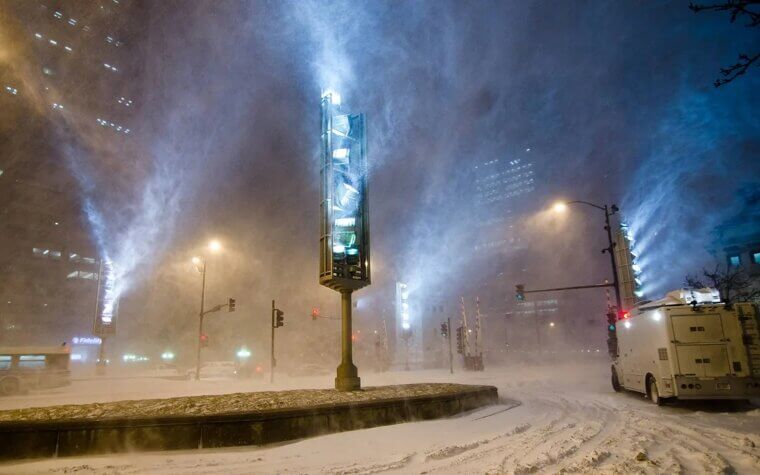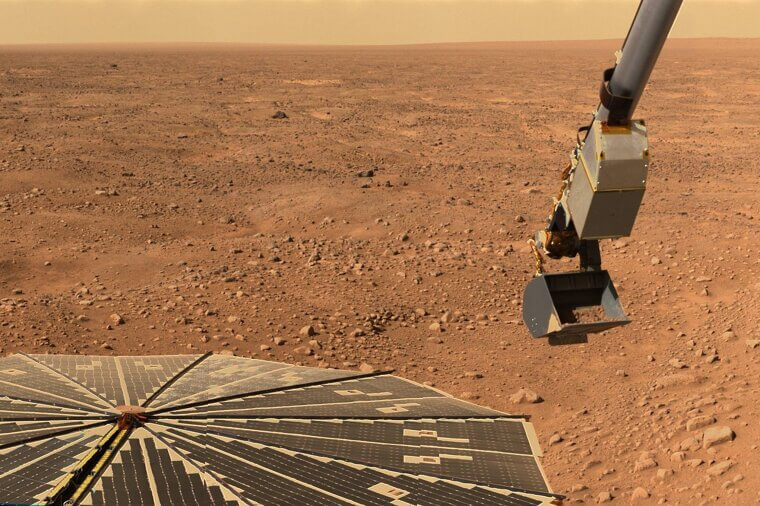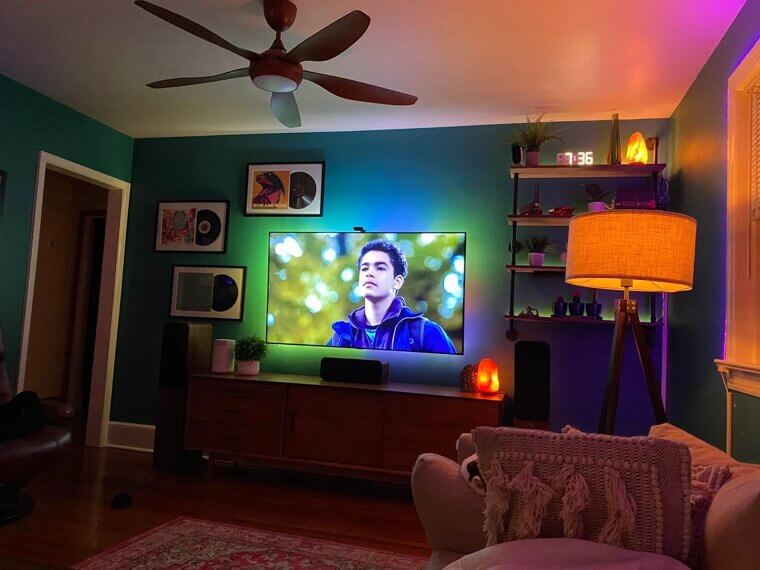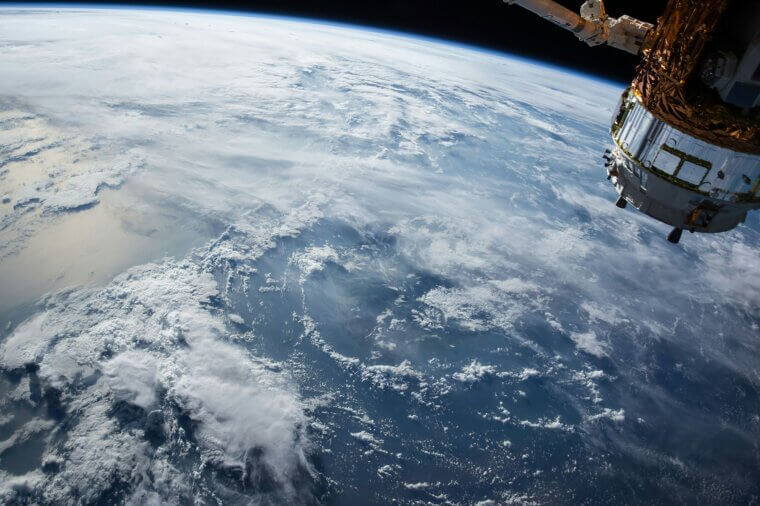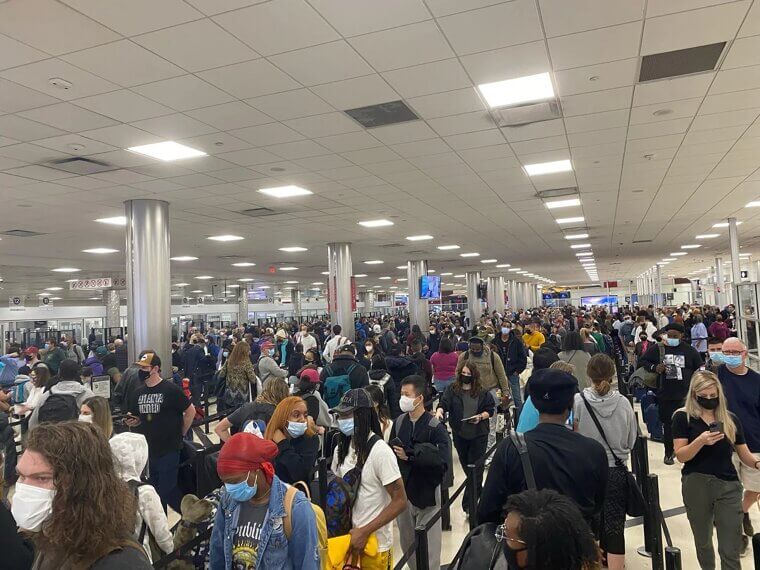Time Machines
Every child yearned to take a trip in time. Some wanted to travel back in time to see dinosaurs, while others wanted to travel forward to see flying cities. Unfortunately, Einstein’s theory of relativity kind of ruined the fun by showing how complicated it really is. We will have to settle for reruns of shows, nostalgia, and the occasional trip down memory lane.
Hoverboards
Thanks to Back to the Future Part II, we were sure we’d all be floating to school on hoverboards by 2015. Instead, we got those clunky two-wheeled scooters that caught fire and ruined the dream. Hoverboards exist, but they’re extremely pricey, quite loud, and require magnets or jet engines to keep them afloat. In all honesty, until someone creates one that actually hovers above a sidewalk without blowing up, walking (or skating) is the best way to go.
Robot Maids
Rosie from The Jetsons made us believe we’d have clean homes and sass whenever we wanted it. What we have today are Roombas that bump into walls and suck up socks. We may have Alexa and smart dishwashers, but we don't have a witty metallic housekeeper pouring martinis after work. Even if AI is catching up, as long as we don’t have a robot that folds fitted sheets, then humanity reigns supreme in the domestic department.
Food in Pill Form
Sci-fi movies assured us that by the 2000s, we wouldn’t cook anymore. Instead, we’d have a one-and-done meal capsule. Imagine never grocery shopping again! Fast forward to today, and we are ordering farm-to-table avocado toast. NASA is feeding astronauts nutrition-packed food for space missions, but the rest of us still crave texture and flavor.
Personal Jetpacks
Each child fantasized about zipping off to school in a personal jetpack. And guess what? They actually exist! However, they are loud, dangerous, and use a lot of fuel. JetPack Aviation and some other companies have working prototypes, but they are primarily for demonstration purposes and for thrill-seeking, wealthy individuals. Until someone makes a quieter, more affordable version that does not set shoes on fire, we’ll be sticking to traffic jams and public transit.
Virtual Reality Worlds
We imagined living in a digital dreamworld and socializing with friends inside video games. And while VR is cool, it’s not exactly the Matrix. These headsets can be heavy, sweaty, and sometimes make people dizzy. The first VR headset was invented in 1968, and it was so heavy that it had to hang from the ceiling. Still, games like Beat Saber and apps like VRChat prove the tech’s getting closer.
Self-Driving Cars
The first self-driving car prototype appeared in 1986, long before Elon Musk was tweeting about it. We were sure we’d be napping in traffic by now while our cars did the driving. Unfortunately, autonomous cars are still figuring out how to handle rain, potholes, and unpredictable humans. Tesla, Waymo, and others are close, but safety concerns keep the brakes on.
Underwater Cities
Cartoons and sci-fi shows had us convinced we’d live beneath the waves, waving at dolphins from bubble windows. Architects have drawn up concepts, but the reality is insanely expensive and risky. Japan once planned an oceanic city called Shimizu Mega-City Pyramid, but it never happened. Between pressure, oxygen, and logistics, underwater living’s still a fantasy.
Tube Travel Systems
We imagined cities connected by glass tubes whooshing people around like mail at the bank. Elon Musk attempted to create this system with the Hyperloop, but the concept is still in the testing phase. It appears the idea of shooting humans through vacuum tubes at 700 mph is costly, and perhaps a little scary. Maybe what the future needs is fewer tubes and better trains.
Weather Control
As kids, we were almost certain that the future meant no more rainy weekends or surprise blizzards. While cloud seeding can influence precipitation, controlling the weather completely still remains science fiction. The U.S. attempted weather modification during the Vietnam War, but that didn't seem to brighten anyone's forecast. China and the UAE have dabbled in it, but the results are mixed. In the meantime, umbrellas and small talk about the weather remain essential technology.
Instant Learning Machines
We all dreamed of plugging in, downloading algebra, and acing every test. Movies like The At some point, we all had dreams of plugging in, downloading algebra, and getting an A+ on every test. Movies like The Matrix made it seem straightforward. Unfortunately, real neuroscience says not so fast. Memory and learning depend on complex brain chemistry that cannot just be uploaded. Scientists are experimenting with brain implants to boost learning, but we’re decades away. Until then, we’re stuck with textbooks and Duolingo.
Colonies on Mars
When we were kids, we imagined that we’d have red dust on our boots by now. NASA said Mars was next, but interplanetary living is a little complicated than science fiction promised. Radiation, funding, and logistics keep delaying takeoff. Elon Musk swears humans will settle Mars soon, but we’ve heard that since 2016. We’ll just keep watching The Martian and pretending our backyard sandbox is the next frontier.
Personal Submarines
Seeing James Bond cruise underwater, we were all certain we would have a mini sub by adulthood. Well, we don’t. They exist, of course, but they cost as much as a mansion and require serious training. Luxury models like the Triton 3300 can dive thousands of feet, but most of us can barely afford snorkeling gear. It seems exploring the deep is best left to scientists and billionaires with too much time and money on their hands.
Smart Homes That Do Everything
There was a time when cartoons promised homes that cooked, cleaned, and tucked us in. We’ve got Alexa and smart fridges now, but they mostly tell us the weather and judge our snack habits. Real automation is still catching up. Maybe one day your house will greet you with, “Welcome home, your laundry’s done.” For now, you still have to push buttons yourself.
Holographic TV
Most of us figured out that by now, we’d have holographic TVs projecting 3D shows into our living rooms, like in "Star Wars." In reality, real holograms are expensive, temperamental, and require special lighting to look decent. Instead, we have ultra-sharp 4K and 8K screens where you can practically see every eyelash. It's not exactly science fiction magic, but at least streaming looks terrific. Maybe someday, we’ll finally get a concert that pops out of the screen without wearing a headset.
Space Hotels
As children, we fantasized about taking vacations in orbit, floating around while sipping juice boxes in zero gravity. Believe it or not, space hotels are in development, but a ticket will likely cost millions. The International Space Station has already hosted tourists for about $20 million each. Until space travel becomes cheaper and room service doesn’t require a rocket launch, we’ll stick to beach resorts, fluffy hotel robes, and gravity that keeps our breakfast buffet right where it belongs.
Wearable Jet Shoes
We saw superheroes zipping through the sky with rocket boots and thought that’ll be us soon. Technically, jet shoes exist, but they’re heavy, loud, and run for about 30 seconds before running out of fuel. British inventor Richard Browning built one that flies over water, but it costs around $400,000. Until prices drop, sneakers remain the smarter choice.
Teleportation
We all dreamed of teleportation, and scientists have actually teleported tiny particles using quantum physics. However, moving humans is another issue entirely. It would require copying every atom in your body and reassembling it perfectly elsewhere. One mistake, and well, let’s not think about that. For now, we’re stuck with road trips, flight delays, and overpriced airport lattes.

